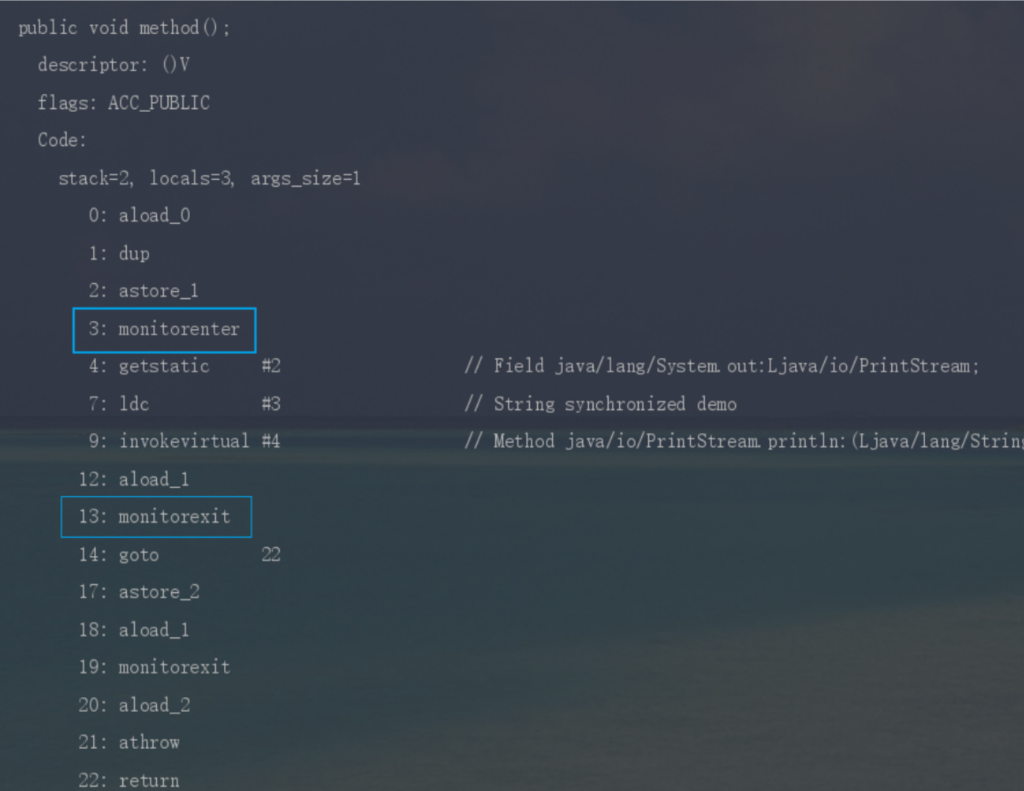链表是一种物理存储单元上非连续、非顺序的存储结构,数据元素的逻辑顺序是通过链表中的指针链接次序实现的。
相较于数组,链表有以下优点:
逻辑结构
(1)链表采用动态内存分配的方式,在内存中不连续 (2)支持动态增加或者删除元素 (3)需要时可以使用malloc或者new来申请内存,不用时使用free或者delete来释放内存
内存结构
链表从堆上分配内存,自由度大,但是要注意内存泄漏
访问效率
链表访问效率低,如果想要访问某个元素,需要从头遍历
越界问题
指针一般使用$ malloc $关键字申请动态内存,只要可以申请得到链表空间,链表就无越界风险
链表的基本操作
创建链表
这里用结构体(struct)存储链表。不同于C++,C语言中新定义结构体变量需要以下格式
struct Data a;
使用typedef关键字后可直接用Sqlist来定义变量
next指针指向表中下一个数据
typedef struct Data {
int value;
struct Data* next;
}Sqlist;
malloc 为库<stdlib.h>中的函数,用于动态分配内存,传入所需内存大小,返回值为类型为void的指针,这里使用(Sqlist *)强制转换
Sqlist* Init()
{
Sqlist* t = (Sqlist*)malloc(sizeof(Sqlist));
t->value = 1;
t->next = NULL;
return t;
}
在pos后插入数值
传入参数为插入数值的位置pos和数值,从头开始遍历链表直到第pos个位置,新建一个节点,将pos指向新节点,新节点指向pos的下一个节点(pos->next)
Sqlist* Create_node()
{
Sqlist* node = (Sqlist*)malloc(sizeof(Sqlist));;
return node;
}
Sqlist* getPos(Sqlist*head,int pos)
{
Sqlist* t = head;
int i = 1;
while (i != pos && t != NULL)
{
t = t->next; i++;
}
return t;
}
void Insert(Sqlist* head, int pos, int value)
{
Sqlist* t = getPos(head,pos), * newNode = Create_node;
newNode->value = value;
t->next = newNode;
if (t == NULL)//t 为最后一个节点,没有next
{
return;
}
newNode->next = t->next;
}
删除节点pos
记录下当前节点的前一个节点pre,将pre->next指向pos->next,释放pos的内存
void Delete(Sqlist* head, int pos)
{
Sqlist* t = head,*pre=head; int i = 1;
while (i != pos && t != NULL)
{
pre = t;
t = t->next;
i++;
}
if (t != NULL)
{
pre->next = t->next;
free(t);
}
}
基本操作大概就这些,根据实际问题灵活运用。
提供luogu上的一道练习题luogu
由于用指针维护链表每次操作都需要从头遍历,导致效率不尽人意,想要AC这道题可以考虑使用数组模拟链表
如果出现了RE,可能是调用了NULL->next
附70ptsCODE
展开查看
#include
#include
using namespace std; typedef struct data { int value; struct data* next; }Sqlist; int Length = 0; Sqlist* Create() { Sqlist* node = (Sqlist*)malloc(sizeof(Sqlist)); Length++; return node; } Sqlist* Init() { Sqlist* head; head = Create(); head->value = 1; head->next = NULL; return head; } void Delete(Sqlist* head, int ith) { Sqlist* t = head, * pre=head; int i = 1; while (i != ith && t != NULL) { pre = t;t = t->next; i++; } pre->next = t->next; free(t); Length--; } void Insert(Sqlist* head, int ith, int data) { Sqlist* t = head,*newnode = Create(); int i = 1; while (i != ith && t != NULL) { t = t->next; i++; } newnode->value = data; newnode->next = t->next; t->next = newnode; } int Locate(Sqlist* head, int Target) { Sqlist* t = head; int pos=1; while (t != NULL) { if (t->value == Target)return pos; t = t->next; pos++; } return 0; } int Query(Sqlist* head, int pos) { Sqlist* t = head; int i = 1; while (t != NULL && i != pos) { t = t->next; i++; } return t->value; } void print(Sqlist* head) { Sqlist* t = head; while (t != NULL) { printf("%d ", t->value); t = t->next; } puts(""); } inline int read() { char c = getchar(); int res = 0; while (c < '0' || c>'9')c = getchar(); while (c >= '0' && c <= '9') { res = (res << 1) + (res << 3) + (c - '0'); c = getchar(); } return res; } void work() { int q = read(); Sqlist* L = Init(); for (int i = 1; i <= q; ++i) { int var = read(),x,y; if (var == 1) { x = read(), y = read(); int pos= Locate(L, x); Insert(L, pos, y); } if (var == 2) { x = read(); int pos=Locate(L, x); if (pos == Length)printf("0\n"); else { printf("%d\n",Query(L,pos+1)); } } if (var == 3) { x = read(); int pos = Locate(L, x); Delete(L, pos+1); } } } int main() { work(); return 0; }
\(UPD\)
看了一眼链表合并,发现如果不在头指针中保存value会好处理一些
重构了一部分代码
初始化
Sqlist* Init(int n)
{
Sqlist* t = Create_node(),*tail=t;
for (int i = 1; i <= n; ++i)
{
Sqlist* newNode = Create_node();
scanf_s("%d", &newNode->value);
tail->next = newNode;
tail = newNode;
}
tail->next = NULL;
return t;
}
链表合并,并且使得新表按照升序排列
Sqlist* Merge(Sqlist* L1,Sqlist* L2)
{
Sqlist* t1 = L1->next, * t2 = L2->next, * t3 = Create_node();
Sqlist* new_Head = t3;
while (t1 != NULL && t2 != NULL)
{
if (t1->value <= t2->value)
{
t3->next = t1;
t3 = t1;
t1 = t1->next;
}
else
{
t3->next = t2;
t3 = t2;
t2 = t2->next;
}
}
if (t1) {
t3->next = t1; t3 = t1;
}
else {
t3->next = t2; t3 = t2;
}
free(L1); free(L2);
return new_Head;
}










没有回复内容